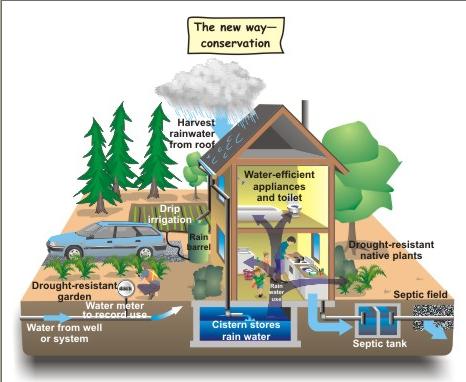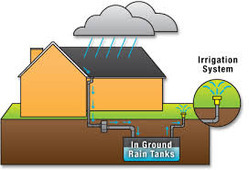It is raining cats and dogs in Nairobi, and instead of grumbling over the foul weather, here is a suggestion that will get you smiling: Rainwater Harvesting.
Rainwater harvesting is the collection and accumulation of rain water for RE-USE before it reaches the underground aquifer. Uses of rainwater can range from:
- Gardening/ Irrigation
- Water for drinking,
- Water used for household purposes to also
- For agricultural and Livestock farming.
Well, as far as 4,000 years ago, even in Biblical times, rainwater harvesting apparatus existed in today’s nations of Greece, Iran, Afghanistan and Palestine. In Rome, each residence would be built with individual cisterns and paved courtyards in order to optimally capture rain water. This helped to increase the water levels from city aqueducts.
Water harvesting is a tenable solution to water crisis in Africa, particularly in areas plagued with drought and famine.
Q: How do municipalities provide constant clean water supply to the budding urban population, not forgetting the rural population as well?
- Ground Water. Though a great source of clean water, its major challenge is its high cost of drilling and it requires skilled manpower to tap into.
- Rain water harvesting:
A case study of India: Its urban population has grown almost 5 fold in the last 5 decades.
- 1951- 62.44 Million
- 2001-286.08 Million
Rainwater harvesting is compulsory in India. In areas like New Delhi, the government saw the need for clean water sources that is disease and contamination free. To achieve this, the Delhi government announced the” Best Rain Water Harvester” Award that recognized and prized up to Rs. 2 Lakhs to institutions and Rs. 1 Lakhs to individuals.
So what are the advantages of rainwater harvesting?
- Independent source of water supply. One no longer has to rely on the City/ Municipal councils for water supply, neither do they have to do without water, which is a common occurrence in Urban areas.
- It’s relatively easy to install.
- The Rain Water Harvesting (RWH) system is easy to clean, maintain and operate.
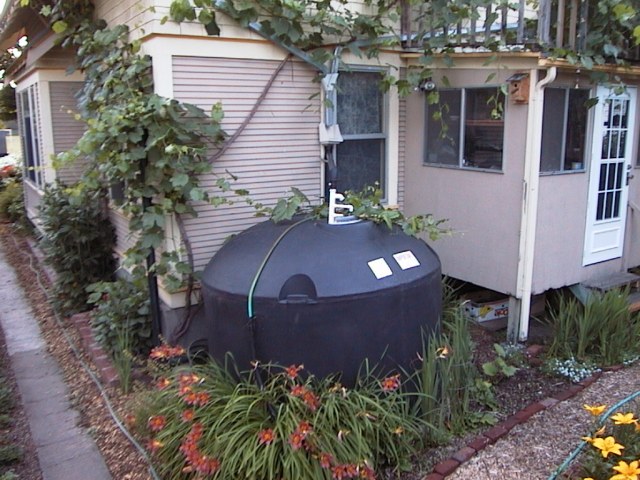
Underground Cistern for Storing Rain water.
- Rain water harvesting lowers your dependence and inclination to the main’s supply.
- During drought, stored rain water can actually supply neighboring homesteads and even the main’s supply.
- Green drought is drought caused by insufficient rainfall after a long dry spell. To curb this, the minimal Rainwater can be harvested for future use in domestic chores and to sustain agriculture.
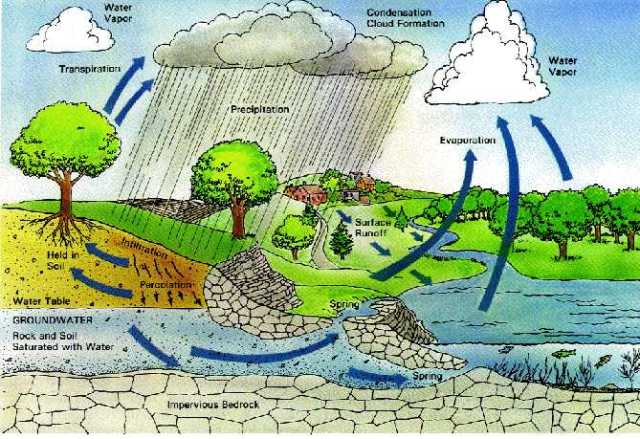
Rain water Flow.
- Financial benefits of Rain water harvesting include
- Low running costs
- Pumping augmentation and operation costs are significantly lowered.
- Rain water is renewable at acceptable volumes.
- Rain water is relatively free of contaminants and requires minimal treatment for human consumption.
- With rainwater harvesting, you reduce on greenhouse emissions as it does away with the intense pumping of underground water that is obtained through bore hole drilling.
- Saves you money on water bills and other related costs
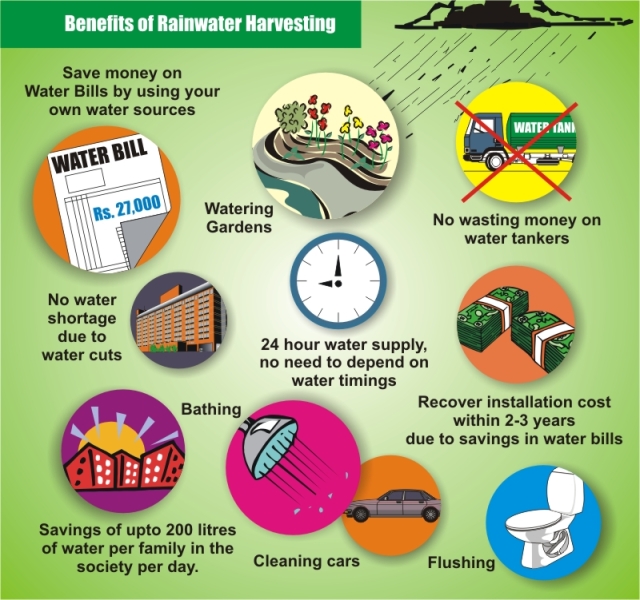
Benefits of Rain Water.
What can you do to to install Rain Water Harvesters in your residence, farm or institution?
REQUIREMENTS:
- Tanks/ Barrels/ Underground Cisterns. The RWH system should be sized according to the proposed water needs of a unit.
- Gutters and the roof that serves as a Collection point. Building roof should be large enough to maintain adequate water flow.
- Pump delivery pipes and cables, in case of pumping.
- Filters, to capture the inorganic waste matter before it enters the tank.
- Tapping system,to direct the water to where you want it to be.
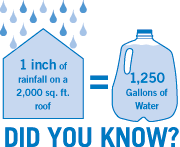
DID YOU KNOW?
STEPS TO HARVEST RAIN WATER:
- Firstly, allow the initial rain fall to flow as run-off as waste. This not only cleans the roof, but if the water was contaminated due to initial contact with the atmospheric contaminants such as dirt or the “acid rain”phenomena ,that water gets discarded.
- Improved water quality is achieved through floating draw off mechanism . This allows you to store water in numerous tanks from the last tank on the line to the one with the most recent harvester.
- Ensure the tank inlets have a screen filter to trap any unwanted substances,
- Remember to allow for an overflow outlet on the storage tank.
- Treat water before human consumption.
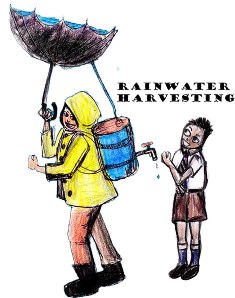
An Illustration of Rainwater Harvesting.
There you have it. The cheaper and more economical way to save money as you harvest water. All these apparatus are available locally and will prove useful in the long run.
What do you think though are the disadvantages, if any, of Rainwater harvesting?
Keep it on the Leafy Agenda.


